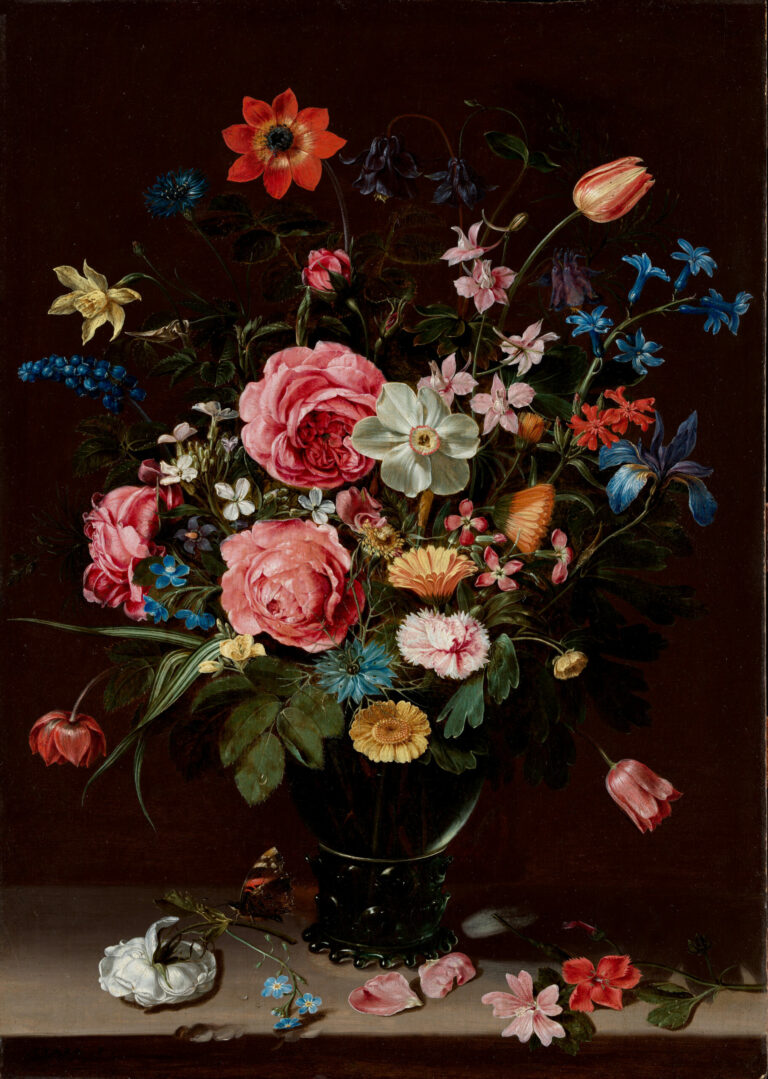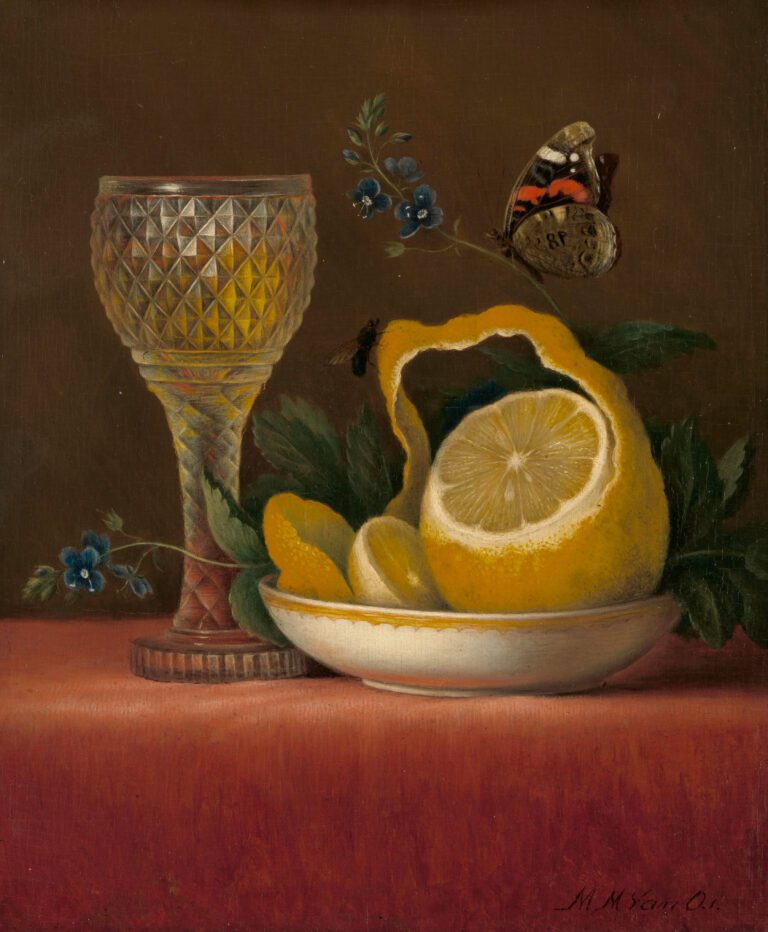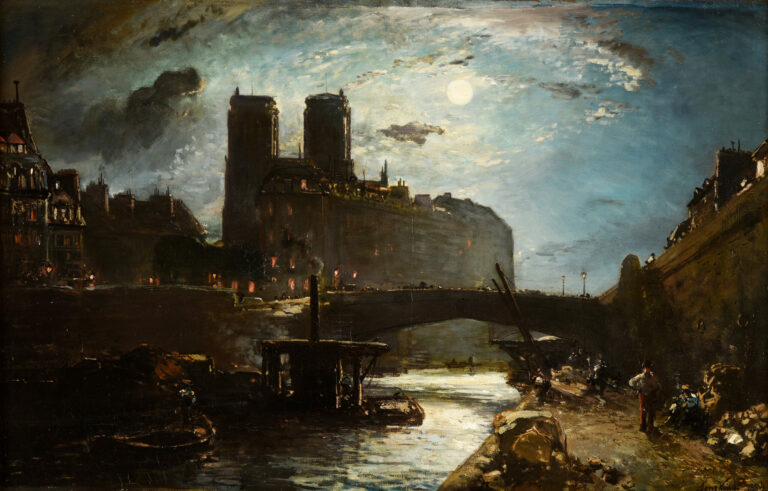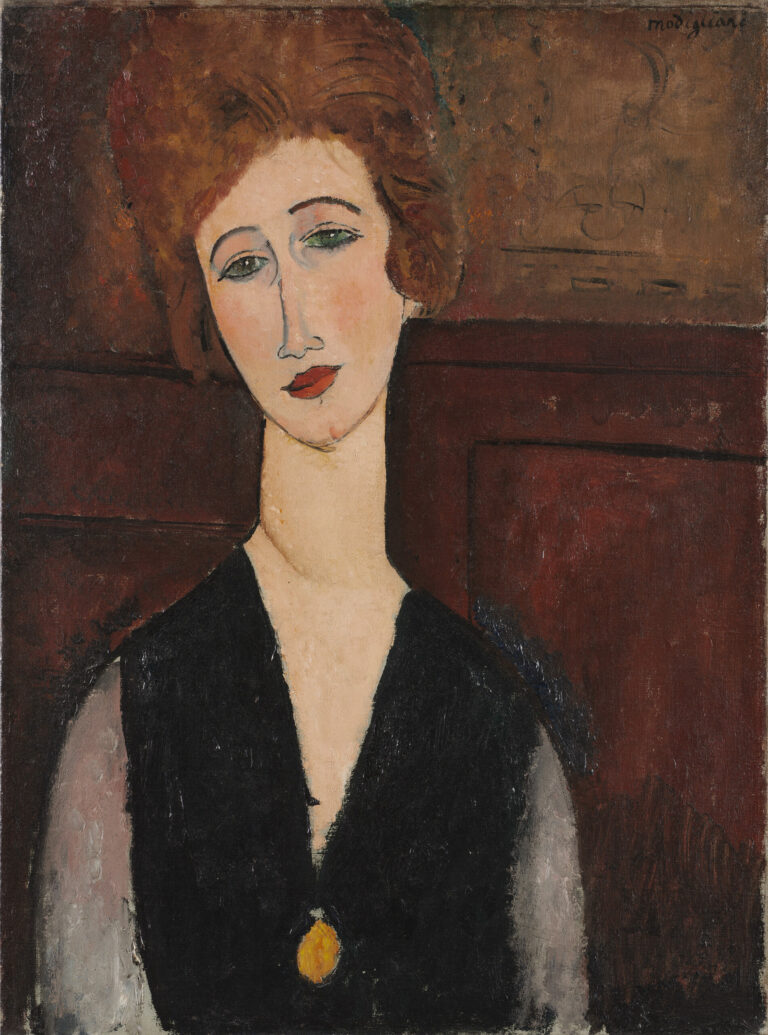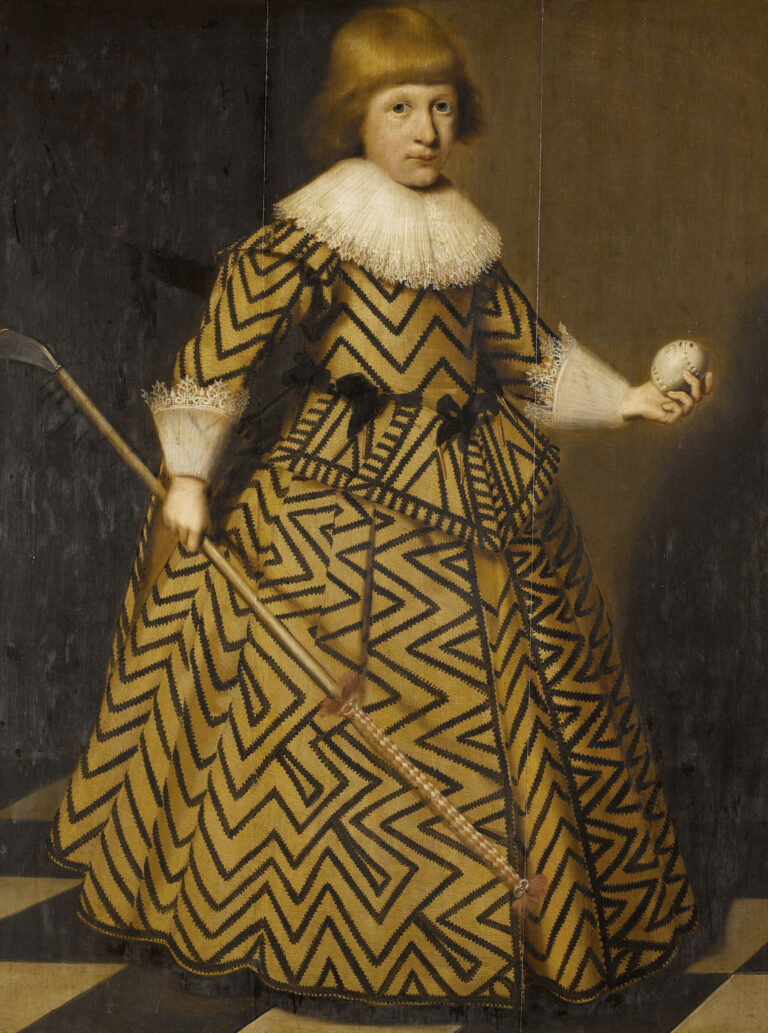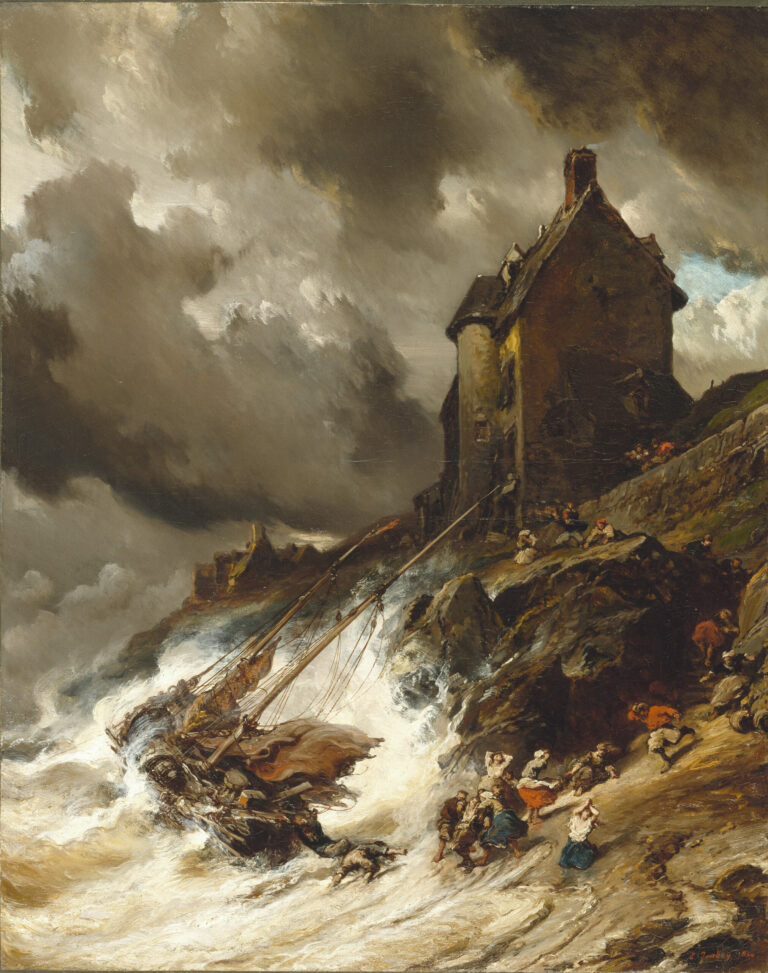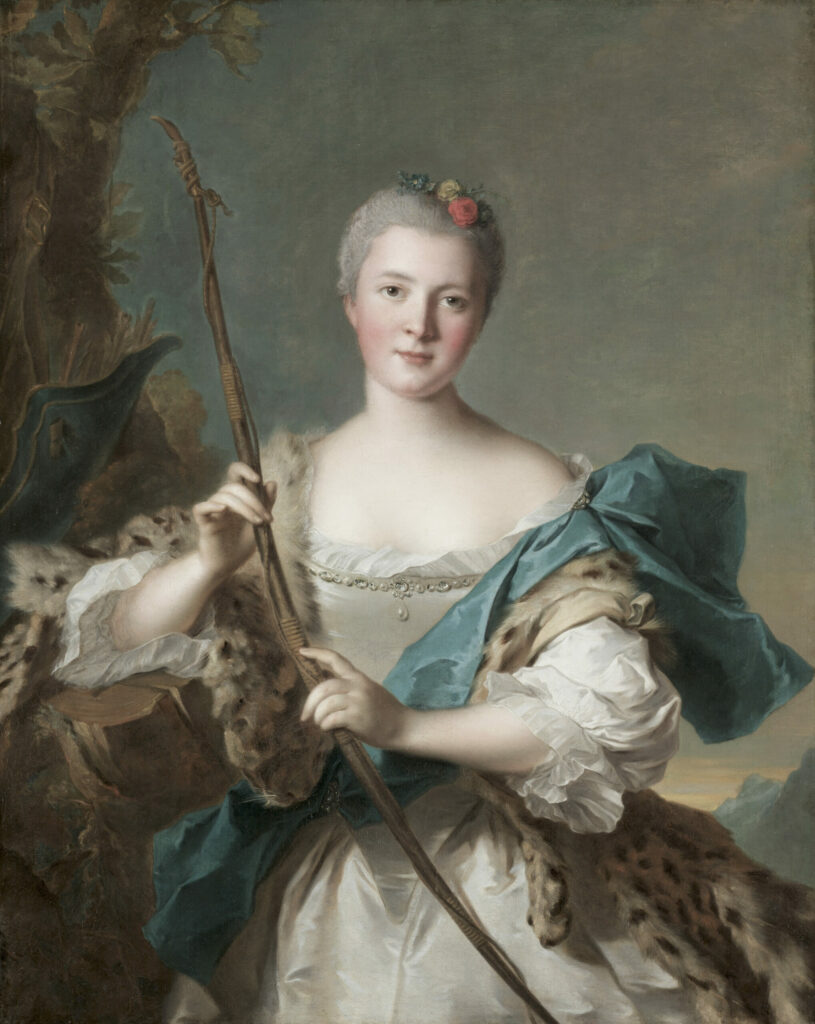
Portrait of a Woman as Diana (1752) by Jean-Marc Nattier perfectly exemplifies the art of mythological portraiture favored by the French aristocracy of the 18th century.
This work presents a lady of quality disguised as Diana, goddess of the hunt, following a fashion widespread at Versailles. The artist displays his virtuosity in rendering textures: the shimmering silks of the blue-green drapery, pearlescent flesh tones, and the spotted fur of the leopard. The divine attributes—bow, quiver, and feline pelt—transform the sitter into an ancient divinity while preserving her elegance. The powdered hairstyle adorned with flowers and the fashionable décolletage testify to the refinement of the era. The identity of the sitter, long attributed to Madame de Pompadour or Madame Henriette, daughter of Louis XV, remains mysterious today, adding to the enigmatic charm of this graceful figure.
Further Information
- Portrait of a Woman as Diana, 1752, by Jean-Marc Nattier
- 100.4 x 79.5 cm (39 1/2 x 31 5/16 in.)
- Cleveland Museum of Art, not on display
- https://www.clevelandart.org/art/1942.643
Jean-Marc Nattier (1685-1766) embodies the excellence of French portraiture under the Ancien Régime. The son of a painter, he was immersed from childhood in the Parisian artistic world. Trained in the family workshop and later under his brother-in-law François Jouvenet, he won the Prix de Rome in 1700 but renounced Italy to dedicate himself to portraiture. Accepted into the Royal Academy in 1718 with his Perseus Petrifying Phineus, he revolutionized the genre by creating the “transformation portrait” where his sitters don the attributes of ancient divinities. Official painter to the royal family, he immortalized the daughters of Louis XV and became the most sought-after portraitist of the aristocracy. His refined palette of powdered tones, silky technique, and art of combining psychological realism with mythological idealization define the Rococo aesthetic. Nattier thus embodies the quintessence of 18th-century French art de vivre.

